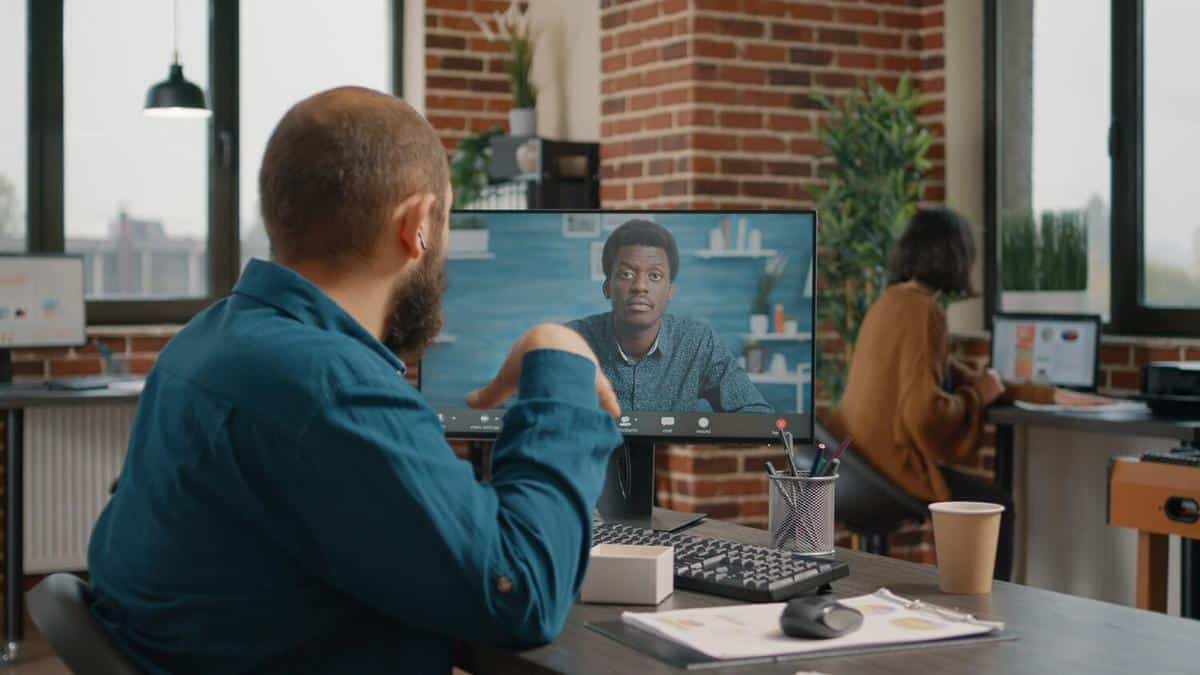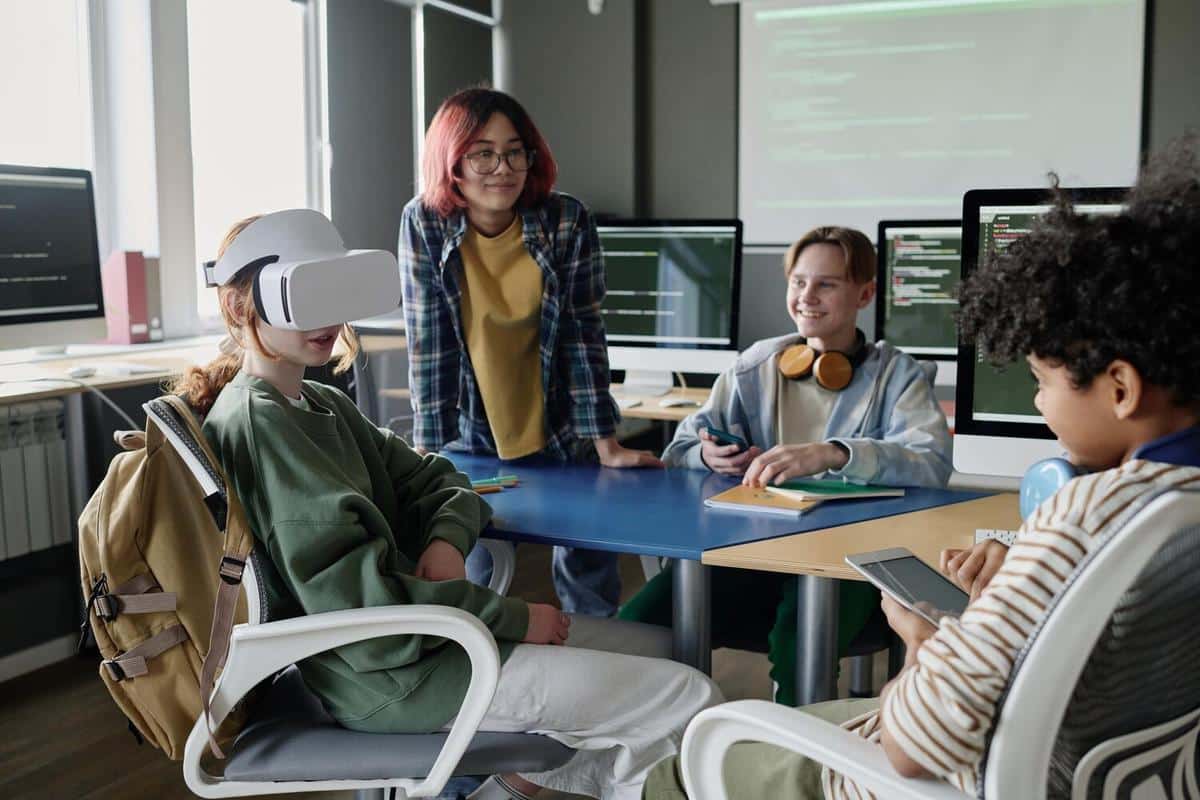
Interactive Learning: The Rise of Gamified Education
The landscape of education is undergoing a transformative shift, with gamified learning emerging as a dynamic strategy to engage students and enhance digital skills.
Interactive learning, particularly through gamification, is gaining recognition as an effective approach to education. By integrating game elements into the learning environment, educators are creating more engaging and motivating experiences for students. According to a report by the Gartner, the gamification market is expected to reach a value of $11.94 billion by 2021, highlighting its growing importance in various sectors, including education.
The Appeal of Gamified Education
Gamified education captivates students by tapping into their natural desires for competition, achievement, and collaboration. It transforms traditional learning into a more interactive experience, making it easier for students to retain information and develop critical thinking skills. As James Paul Gee, a renowned researcher in literacy studies, notes, “Games offer a rich learning environment where students can experiment, fail, and try again without significant consequences, fostering resilience and creativity.”
Statistics and Research Findings
A study conducted by Pew Research Center found that students who engaged in gamified learning showed a 23% increase in knowledge retention compared to traditional learning methods. Additionally, 67% of teachers reported that gamification improved student engagement and motivation.
Personal Anecdotes and Examples
Consider the example of Alex, a high school teacher who introduced a gamified history curriculum. By incorporating elements like leaderboards and badges, Alex noticed a marked improvement in his students’ enthusiasm and understanding of historical events. “The students were excited to participate and even started forming study groups to climb the leaderboard,” Alex shared.
Actionable Tips for Implementing Gamification
- Start small by integrating simple game elements, such as quizzes and badges, into your curriculum.
- Encourage collaboration by designing team-based challenges that promote teamwork and communication.
- Use real-time feedback to guide students and keep them informed of their progress.
- Regularly update and adapt the game elements to maintain student interest and challenge levels.
Comparison of Traditional vs. Gamified Education
| Aspect | Traditional Education | Gamified Education |
|---|---|---|
| Engagement | Often passive | Highly interactive |
| Motivation | External rewards | Intrinsic rewards |
| Feedback | Delayed | Real-time |
| Learning Environment | Structured | Flexible |
| Collaboration | Limited | Encouraged |
| Retention | Variable | Higher |
| Skill Development | Focused on academics | Includes critical thinking |
| Adaptability | Rigid | Dynamic |
Frequently Asked Questions
What is gamified learning?
Gamified learning involves integrating game-like elements into educational activities to increase engagement and motivation.
How can teachers start gamifying their lessons?
Teachers can begin by incorporating simple game elements such as points, badges, and challenges into their existing curriculum.
Conclusion
Incorporating gamification into education offers a powerful way to engage students and enhance their learning experience. By leveraging the interactive nature of games, educators can foster a more enjoyable and effective educational environment. As the trend continues to grow, now is the time to explore how gamified education can benefit both teachers and students alike. Embrace this innovative approach to learning and discover the potential it holds for the future of education.


